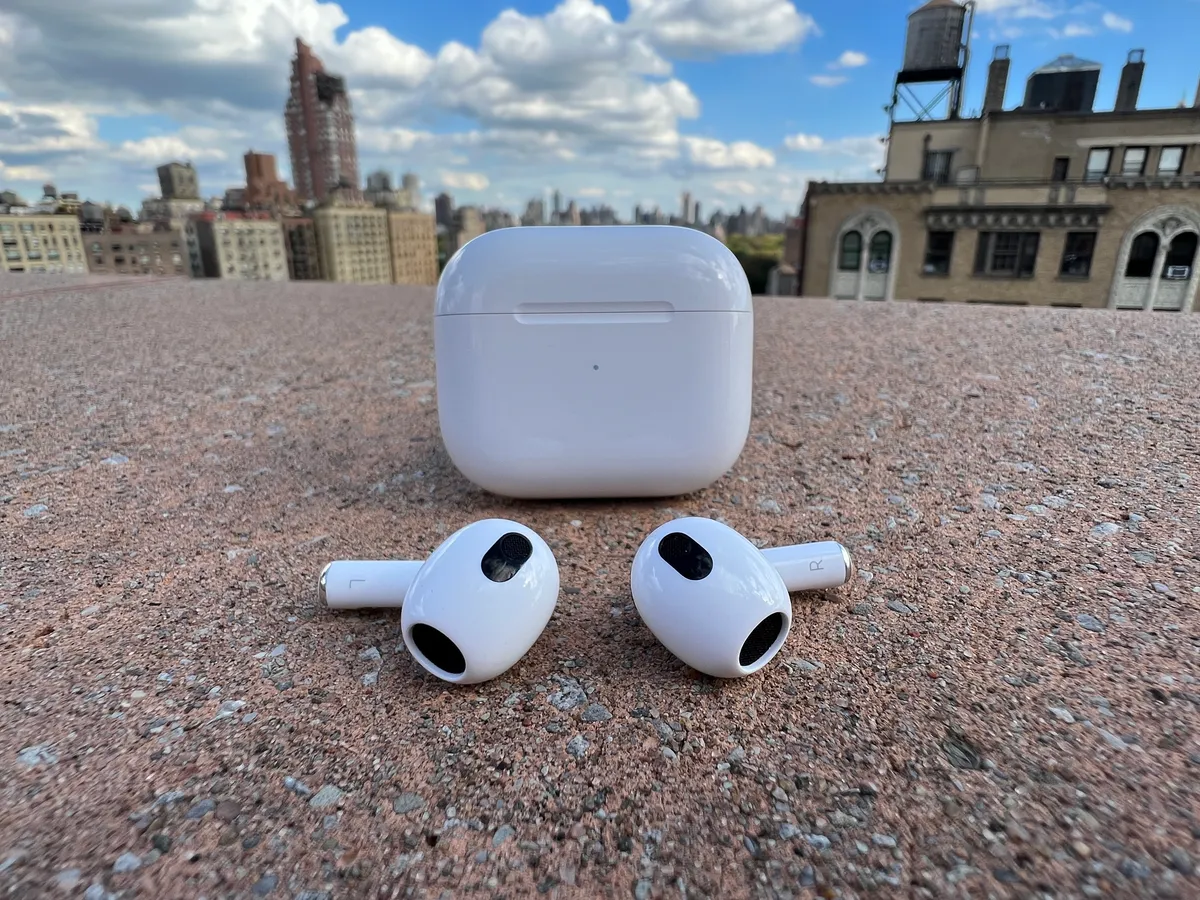In an era of wireless technology and seamless connectivity, Apple’s AirPods have revolutionized the way we listen to music and interact with our devices. These sleek, cord-free earbuds offer convenience and superior audio quality. However, an issue that many AirPod users encounter is the discrepancy in battery life between the two earpieces. Why does one earbud seem to die faster than the other?
It’s important to understand the basic mechanics of these wireless earbuds. AirPods are equipped with lithium-ion batteries that store and deliver energy to power the earpieces and their various functions. Each earbud connects to the paired device via Bluetooth, and they communicate with each other as well. This communication is essential for features like automatic ear detection, which pauses audio playback when an earbud is removed from the ear.
Battery Degradation and Aging
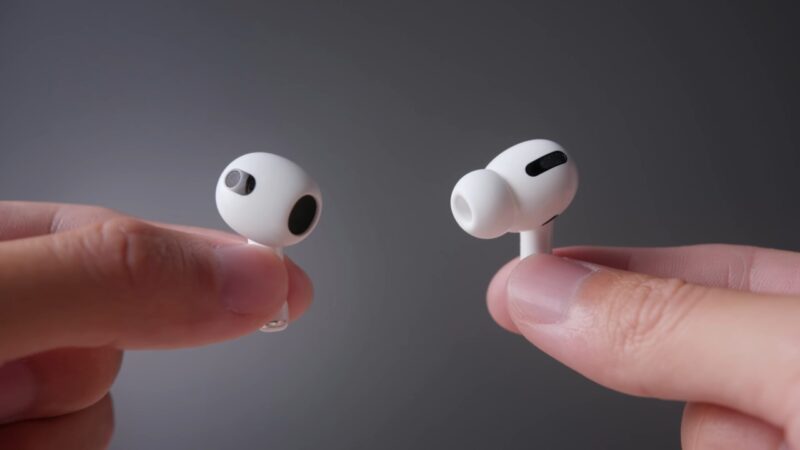
One of the primary reasons for the disparity in AirPods’ battery life lies in the chemistry of lithium-ion batteries. Over time, these batteries undergo a natural process of degradation. Each battery is a complex chemical system, and as it undergoes charge and discharge cycles, its capacity diminishes. This degradation is a gradual process, but it can become more noticeable over time.
Synchronization of Charging Cycles
Since both AirPods are charged simultaneously within their charging case, their battery degradation may not be in sync. This can lead to differing levels of capacity between the two earpieces. In cases where one earbud has experienced a greater number of charging cycles or has been used more frequently, its battery capacity might have diminished more rapidly than its counterpart.
Connection and Communication

AirPods rely on Bluetooth communication to function in tandem with each other and the paired device. While the Bluetooth Low Energy (BLE) technology used in AirPods is energy-efficient, it still requires power. The primary earbud, which serves as the connection hub between the paired device and the secondary AirPod, may consume slightly more power due to its role in managing this communication.
Auto Ear Detection and Standby Mode
The automatic ear detection feature is a hallmark of AirPods’ convenience. However, this feature necessitates constant monitoring of the ear status, which consumes energy. The primary earbud, responsible for this monitoring, may experience slightly faster battery drain as a result.
Manufacturing Variations
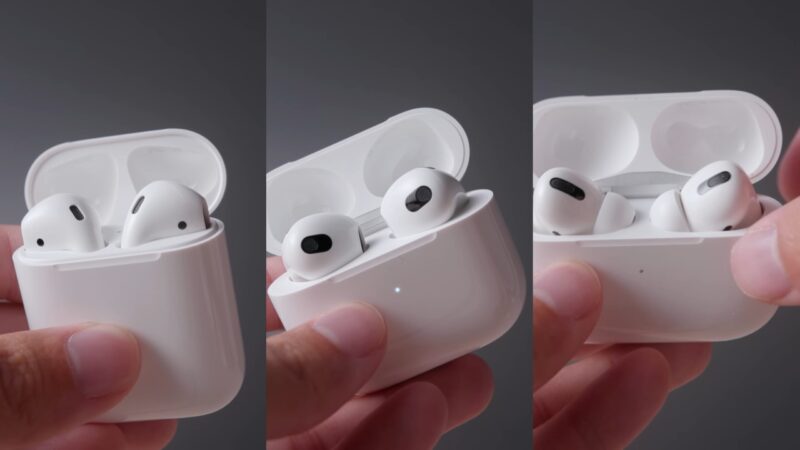
Manufacturing processes can introduce slight variations in battery performance between different AirPod units. Even though Apple maintains strict quality control standards, it’s possible for some units to have inherent differences in battery efficiency. These variations, combined with the other factors mentioned, can contribute to one earbud dying faster than the other.
Charging Case Discrepancies
The charging case itself plays a crucial role in maintaining the battery life of AirPods. If there are minor inconsistencies in the charging case’s design or components, it might lead to uneven distribution of power during charging cycles. This, in turn, could affect how each AirPod’s battery is charged and discharged.
User Behavior and Environment
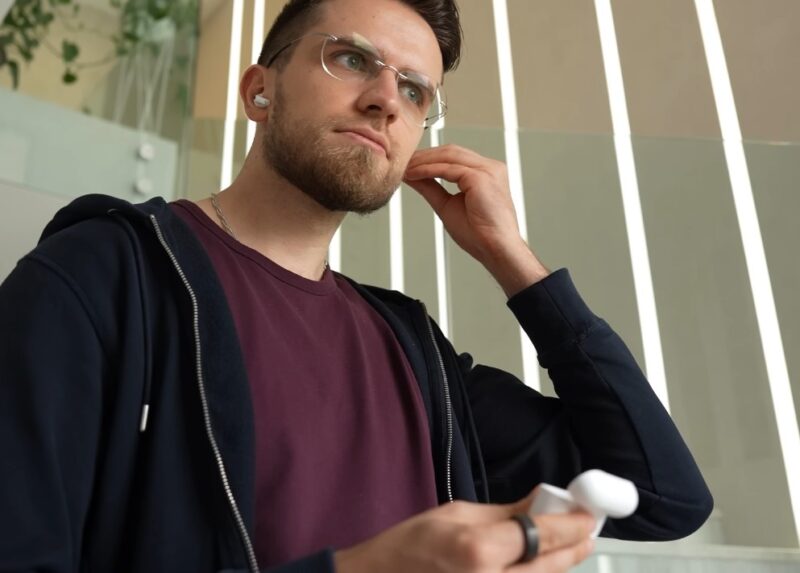
User behavior can also impact the perceived imbalance in AirPods’ battery life. Factors such as how often each AirPod is used individually, how frequently they are recharged, and the specific ear in which they are worn more frequently can all contribute to variations in battery depletion. Users who frequently use a single AirPod for phone calls, for instance, might notice a quicker drain in that particular unit.
Wireless Interference and Range
AirPods rely on a stable Bluetooth connection to the paired device. If one AirPod is consistently farther from the connected device or encounters more wireless interference due to the user’s surroundings, it might require slightly more power to maintain a reliable connection. This could lead to a noticeable difference in battery life over time.
Tips to Mitigate Battery Imbalance
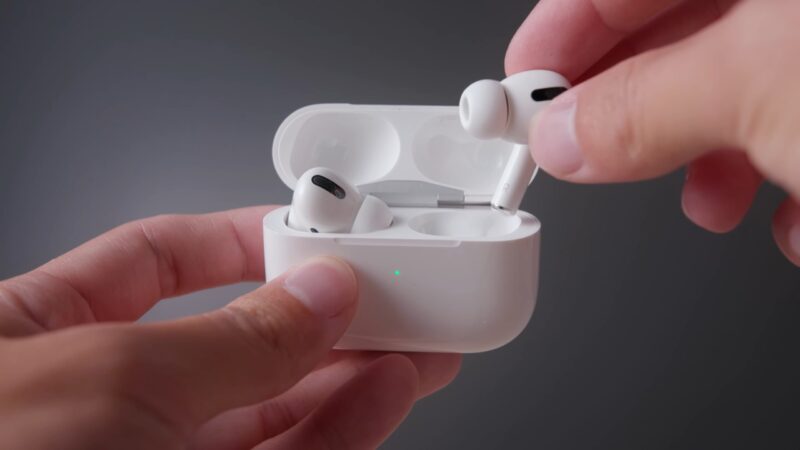
To ensure more balanced battery consumption, consider alternating the AirPods you use as the primary earpiece. This way, both AirPods experience similar usage and charging patterns, helping to mitigate the discrepancy in battery life.
Regularly Clean and Maintain AirPods
Proper maintenance of your AirPods can also contribute to more consistent battery performance. Cleaning the charging contacts and keeping the earpieces free from debris can help maintain optimal charging efficiency and overall battery life.
Update Firmware and Software
Apple periodically releases firmware and software updates for its devices. These updates often include optimizations and bug fixes that can enhance battery efficiency. Keeping your AirPods and paired device up to date can help address any potential software-related issues affecting battery life.
Battery Replacement
If you find that one earbud consistently dies significantly faster than the other and the issue persists even after trying various mitigation strategies, it might be worth contacting Apple Support. They can help assess the situation and provide guidance on whether a battery replacement is necessary.
FAQs
Why do my earbuds sometimes have a noticeable difference in battery life?
The difference in battery life between AirPods can be attributed to a combination of factors, including battery degradation, manufacturing variations, communication roles, user behavior, and environmental influences. These factors can lead to one AirPod depleting its battery faster than the other.
Can battery degradation cause one AirPod to die faster?
Yes, battery degradation is a natural process in lithium-ion batteries. Over time, the capacity of each battery diminishes due to charge and discharge cycles. If one AirPod has undergone more charging cycles or usage, it could lead to a faster decline in its battery capacity compared to the other.
Do manufacturing variations impact battery life?
Yes, manufacturing processes can introduce minor variations in battery performance between different AirPod units. While Apple maintains stringent quality control, slight differences in battery efficiency might exist among units, contributing to an imbalance in battery life.
How does communication between earbuds affect battery consumption?
AirPods communicate with each other and the paired device via Bluetooth. The primary AirPod, responsible for managing this communication, may consume slightly more power. Additionally, features like automatic ear detection, which relies on continuous monitoring, can contribute to a faster battery drain in one earbud.
Can my usage habits impact the battery imbalance?
Absolutely. How often you use each AirPod individually, the frequency of recharges, and the specific ear in which you wear them more frequently can all influence battery depletion. For instance, using a single earbud for phone calls regularly might lead to quicker battery drain in that unit.
How can I address battery imbalance?
To mitigate battery imbalance, you can alternate the AirPods you use as the primary earpiece, clean and maintain them regularly to optimize charging efficiency, keep both AirPods updated with the latest firmware and software, and consider contacting Apple Support if the issue persists for potential battery replacement. These steps can help achieve a more balanced battery performance over time.
Conclusion
The phenomenon of one earbud dying faster than the other is a complex interplay of factors, including battery degradation, manufacturing variations, communication roles, user behavior, and environmental influences. While it’s not entirely uncommon for this imbalance to occur, understanding these factors can help users take proactive steps to mitigate the issue and prolong the overall battery life of their AirPods.
As technology continues to evolve, it’s likely that future iterations of wireless earbuds will continue to address these challenges, offering even more balanced and efficient battery performance.

